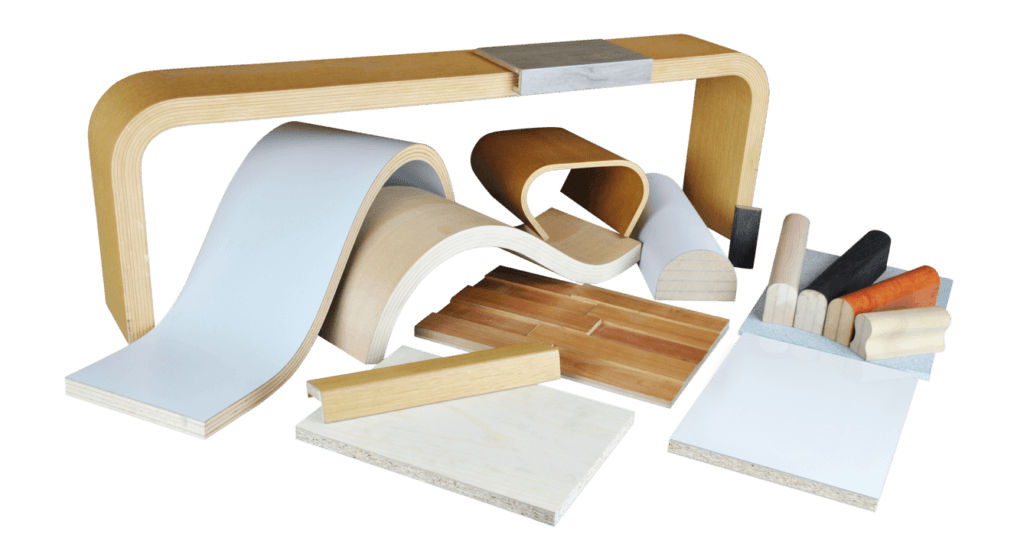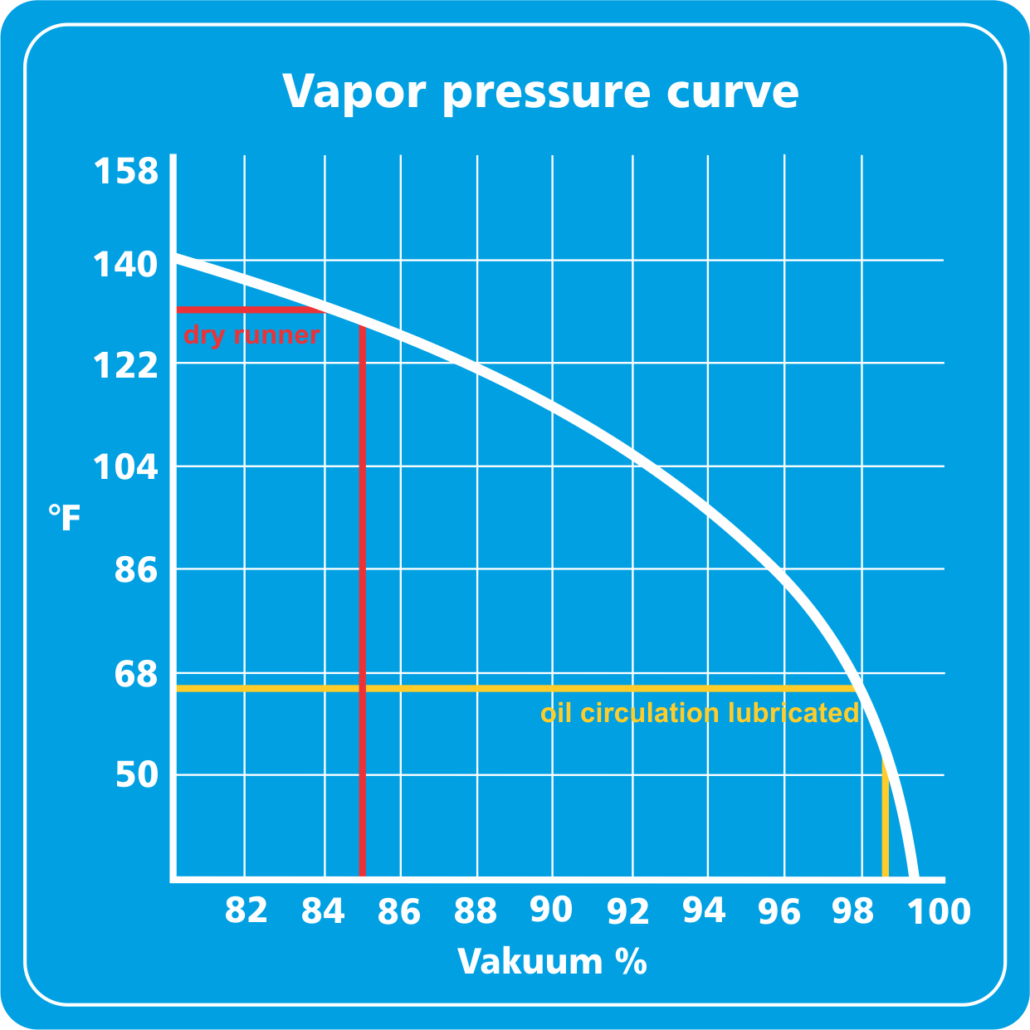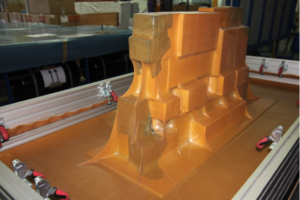Why bumblebees fly
and a vacuum press works?

VENEERING
SHAPE BONDING
COATING
WRAPPING
According to the laws of physics, a bumblebee cannot fly. However, the bumblebee does not know that and flies nonetheless. The same is true for a bonding technique that still unsettles some wood processors but has been used for a long time by many of them: vacuum bonding. Originally developed to realize shape bonding without counter-template, vacuum presses are increasingly used for veneering and coating with HPL and many other laminates. But how does it work? How can a thin natural rubber membrane apply sufficient pressure to ensure a perfect bonding result?
At this point, physics comes into play. The pressure is not applied by the membrane, but it is only the pressure of the atmosphere that is applied. And the more air is evacuated from the closed space under the membrane, i.e. the greater is the difference between the ambient pressure and the pressure under the membrane, the more the atmosphere applies pressure on the workpiece. Similar to diving, the pressure increases the lower you are below the water surface. We are at the bottom of a huge sea of air and use the air column in vacuum technology, which applies a pressure of 10 tons per m² to the workpiece at a vacuum of 98% (which is achieved by an oil lubricated vacuum pump). This immense pressure is exactly the same on every square centimeter – this is why differences in panel material, veneer or laminate no longer play a role during application of the glue.
In addition to uniform pressure, the high vacuum offers another advantage that makes the technology economically very interesting: in a vacuum, the boiling temperature of water is lowered, greatly reducing the bonding times when using white glue. E.g. a vacuum press with oil-lubricated vacuum pump ensures almost the same bonding times as a heated veneer press. But with the big difference that for this purpose no hot plates with a power of 15 kW or more are necessary, but only 120 – 150 watts are needed.
As the vacuum press does not apply any mechanical pressure to the workpiece, it does not matter whether there are dust particles on the panel, a small chip of wood, adhesive tape for fixing or glue residues on the membrane, even with sensitive surfaces (such as high-gloss HPL). Due to the physical properties of the identical pressure at each point, there are definitely no marks. However, this only applies to the top of the workpiece. On the bottom side, you have to work as carefully as with a normal veneer press.
Versatility is arguably the feature that the users of vacuum presses appreciate the most. In addition to the previously mentioned shape and surface bonding, vacuum technology does a great job when it comes to wrapping, edge bonding such as bonding paneling with waste wood or split wood. Additional options are limited only by your own creativity. And sometimes physics (think of the bumblebee!).
The benefits are obvious and more and more users are taking advantage of this machine, which has become an integral part of operations after a short time.
As creativity is standard in woodworking companies.


